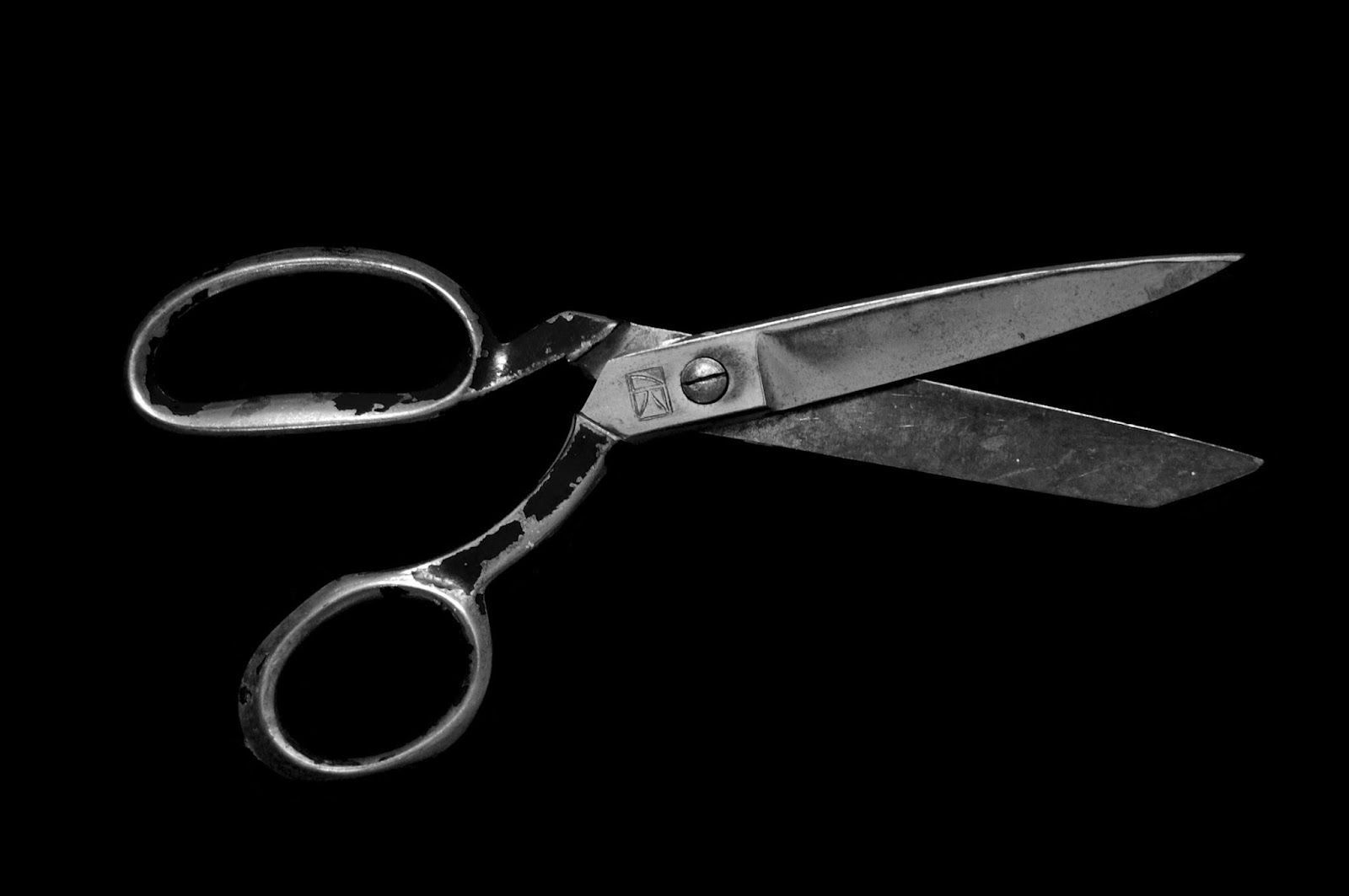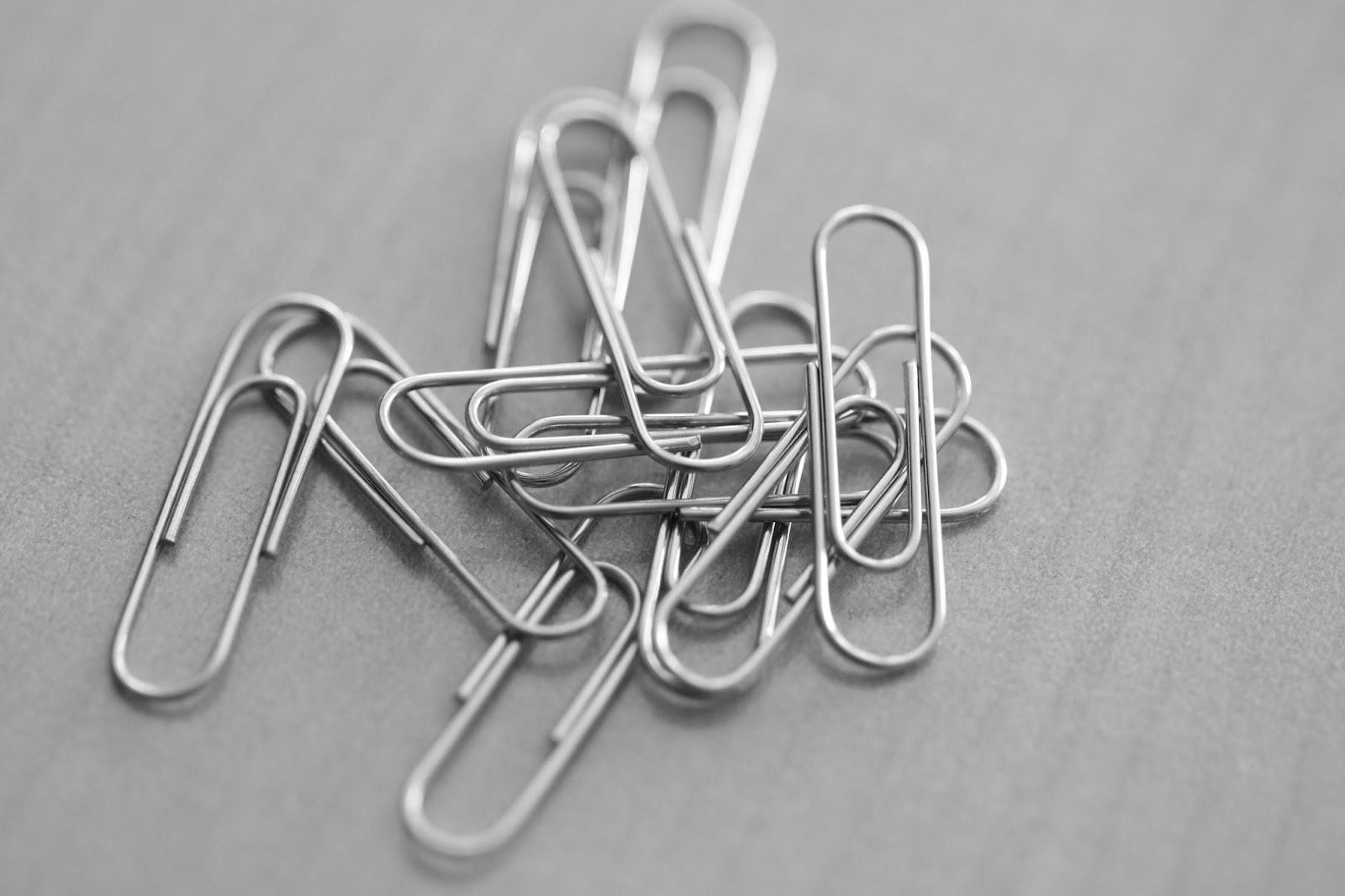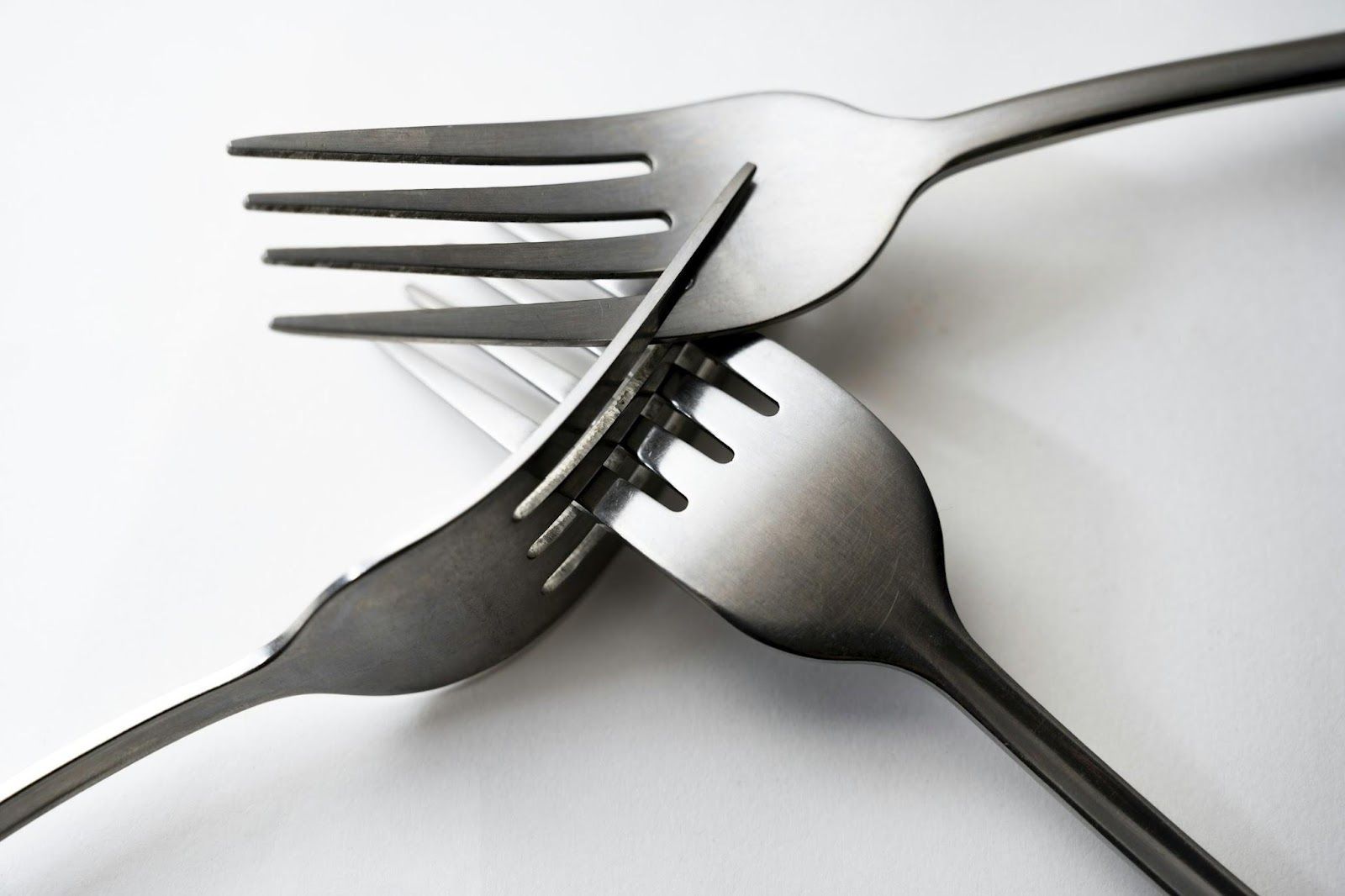Tools of yore
You won’t believe where these 10 everyday items really came from
Published on September 8, 2025
 Credit: Europeana
Credit: Europeana
Modern life depends on a surprising number of ancient or overlooked inventions. From common kitchen tools to office supplies, many everyday items have roots buried deep in history. Some were invented by accident, others by necessity—but most have a backstory you’ve likely never heard. Here are 10 objects you use regularly that carry a legacy most people forget.
Scissors
 Credit: Matt Artz
Credit: Matt Artz
Invented in ancient Egypt around 1500 BCE, the earliest scissors were made of bronze and operated with a spring mechanism.
The modern pivoted scissors, as we know them today, appeared in Rome around 100 CE. Leonardo da Vinci even improved their design while using them for fine arts and tailoring.
Paperclip
 Credit: Patrick Ladner
Credit: Patrick Ladner
The paperclip was never patented for its most iconic shape—the Gem clip—because it was already in commercial use before its design could be protected.
Invented in the late 19th century, the paperclip's rise paralleled the spread of mass bureaucracy. During WWII, Norwegians wore them as symbols of resistance against the Nazis, defying a ban on national symbols.
Toothbrush
 Credit: Diana Polekhina
Credit: Diana Polekhina
The first bristle toothbrush originated in China during the 15th century, featuring hog hair bristles set into bamboo or bone handles.
Mass production in the West didn’t happen until 1780, when Englishman William Addis created one in prison, of all places. Nylon bristles only appeared in 1938, giving us the modern version still used today.
Zipper
 Credit: Nina Cuk
Credit: Nina Cuk
The zipper began as a "clasp locker" in 1893, designed by Whitcomb Judson to fasten shoes.
It wasn't until 1913 that Gideon Sundback refined the mechanism into what resembles the zipper we use today. It caught on after being used in military gear and was later popularized in fashion by designers like Elsa Schiaparelli.
Fork
 Credit: Prayag Tejwani
Credit: Prayag Tejwani
Forks were once considered scandalous. Introduced to Europe by Byzantine royalty in the 11th century, they were mocked for being "effeminate."
Consequently, their adoption was slow. By the 17th century, forks became standard at aristocratic tables in Italy and France, but didn’t become common in England or America until the 18th century.
Can Opener
 Credit: Calle Macarone
Credit: Calle Macarone
Shockingly, canned food came before the can opener—and by decades! To make matters worse, early cans were so thick they had to be opened with chisels or bayonets.
Ezra Warner patented the first can opener in 1858, and a rotating-wheel design followed in 1870. The modern safety can opener with a side-cutting wheel wasn’t patented until 1956.
Soap
 Credit: freestocks
Credit: freestocks
Ancient Babylonians made soap around 2800 BCE from water, alkali, and cassia oil. The word "soap" comes from Mount Sapo, where Roman legend says animal fat and ash ran into the Tiber River.
Despite its ancient origins, soap didn’t become widely used for personal hygiene until the 19th century, when cholera outbreaks underscored the need for better sanitation.
Post-it Notes
 Credit: Will H McMahan
Credit: Will H McMahan
Created by accident, the adhesive used in Post-it Notes was originally a failed attempt to make a super-strong glue.
In 1974, Art Fry used the weak adhesive to mark pages in his hymnal. Realizing its potential, 3M released the product nationwide in 1980, and it became a staple in offices and schools worldwide.
Velcro
 Credit: Ryan Stone
Credit: Ryan Stone
Swiss engineer George de Mestral invented Velcro in 1941 after noticing burrs sticking to his dog’s fur during a hike.
It took over a decade to perfect the manufacturing process. NASA popularized Velcro in the 1960s for use in zero-gravity environments, boosting its civilian use.
Shopping Cart
 Credit: Donald Giannatti
Credit: Donald Giannatti
Sylvan Goldman, owner of a grocery chain, invented the shopping cart in 1937 to help customers buy more.
Customers initially resisted using them, so Goldman hired actors to push them around stores to normalize the concept. Today, over 25 million carts are used in the U.S. alone.










